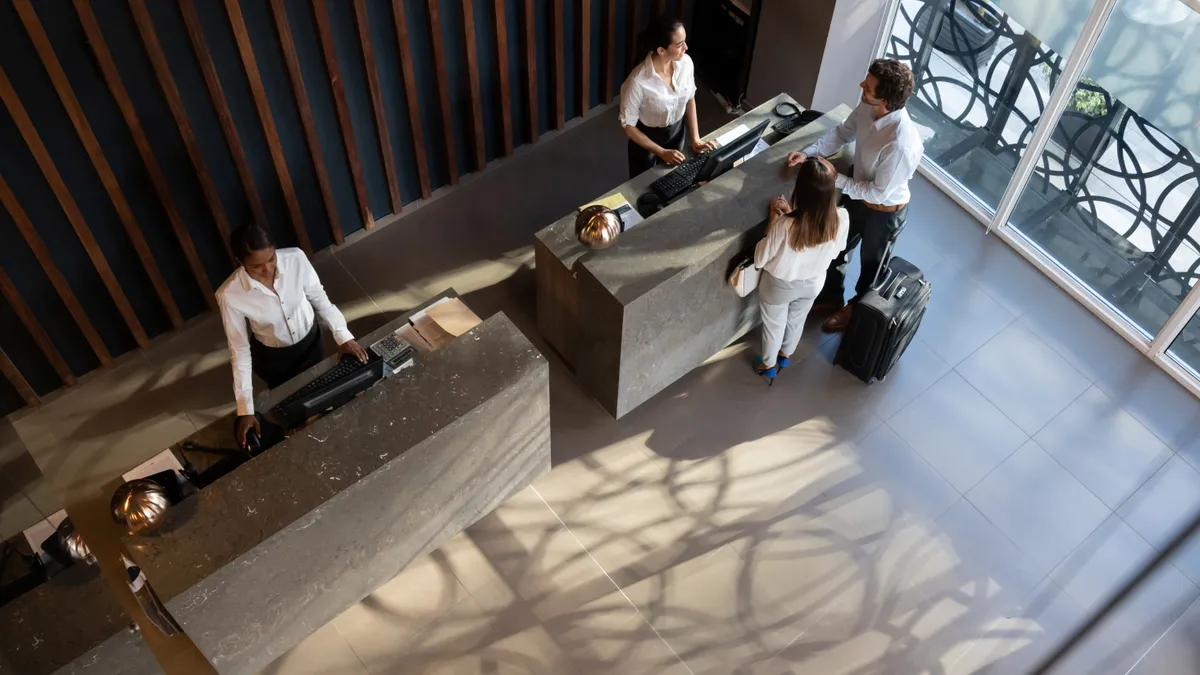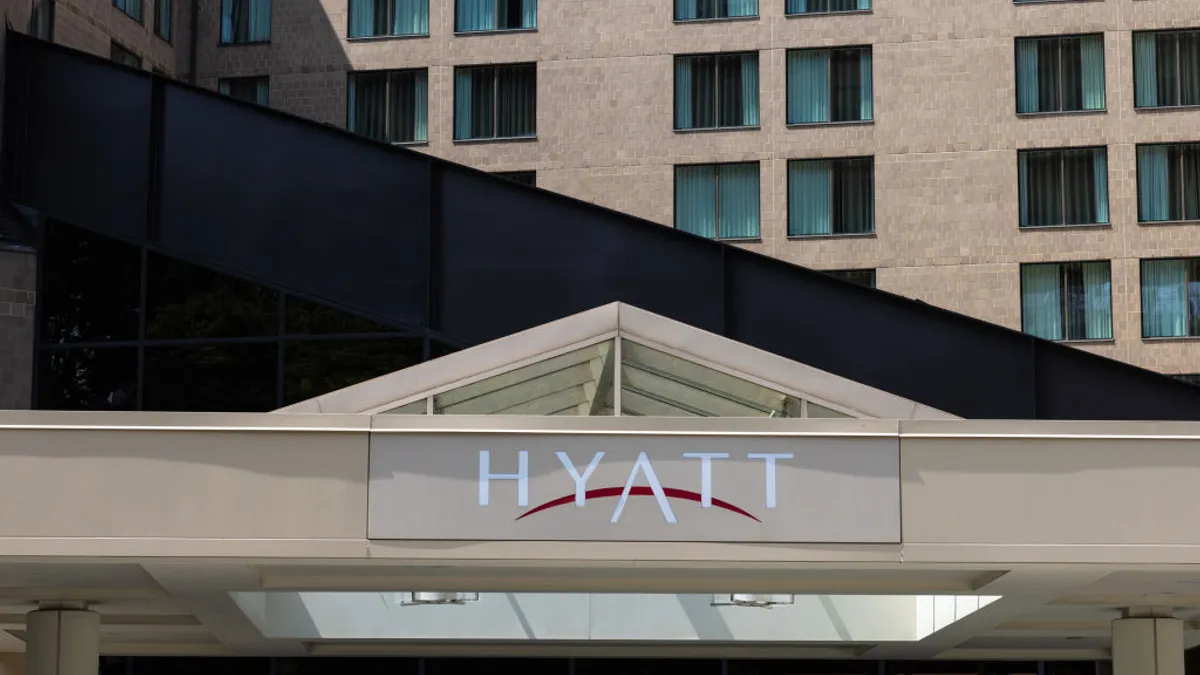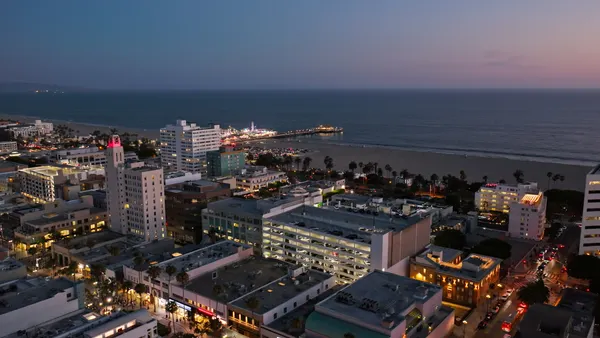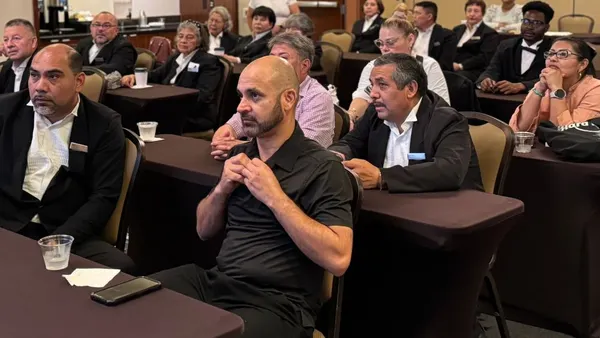Dive Brief:
- Total nonfarm payroll employment increased by 339,000 in May, according to the latest jobs report from the U.S. Bureau of Labor Statistics, with 1,300 of those new jobs in the accommodation industry, including at hotels and motels.
- Despite the uptick in hotel employment, the number of industry employees in May was still down 212,600 jobs from 2019. And a new survey of hoteliers conducted by the American Hotel and Lodging Association found 82% of hotels still report staffing shortages.
- To combat labor shortages at hotels, the AHLA survey found 75% of hoteliers are increasing wages, 64% are offering greater flexibility of hours and 36% are expanding benefits. But both AHLA and the Asian American Hotel Owners Association say that is not enough to recoup jobs lost due to the pandemic and have asked the federal government to take action.
Dive Insight:
The national average hourly wage for leisure and hospitality workers rose to an all-time high of $23.64 in April, according to BLS, though 87% of respondents to AHLA’s survey say they are still unable to fill open positions.
Hoteliers, on average, are looking to fill nine positions per property, up from seven positions in January, AHLA found. And the most critical staffing need is housekeeping, according to the survey, with 40% of respondents ranking it as their top hiring need.
“The need for workers throughout the lodging industry continues to drive historic career opportunities for hotel employees, who are enjoying record wages and better benefits and flexibility than ever before,” said AHLA President and CEO Chip Rogers in a statement.
“But there is still more to be done,” he continued. “We need Congress to help address workforce shortages with bipartisan solutions, including those that create opportunities for more immigrants to enter the American economy.”
Those include passing the Asylum Seeker Work Authorization Act and expanding the H-2B guest worker program, two policy changes that more than 200 hoteliers lobbied Congress for in May at AHLA’s Hotels on the Hill event in Washington, D.C.
AAHOA also supports the expansion of the H-2B program, which helps independent hotels and resorts in remote vacation destinations fill seasonal roles. The organization released a statement in response to the BLS May jobs report, in which President and CEO Laura Lee Blake said, “The cap on H-2B visas remains one of the biggest hurdles facing the hospitality industry.”
AHLA members urged Congress to include an H-2B exemption for returning workers in the fiscal year 2024 Department of Homeland Security appropriations bill, exempting returning workers from the annual 66,000 visas cap.
Meanwhile, Blake called for the removal of the cap, adding it would “be beneficial to small hoteliers, like our 20,000 AAHOA members.”
AAHOA’s statement urged the federal government to take action as Americans begin to travel more for the summer season. According to Chair Bharat Patel, an estimated 42.3 million Americans traveled 50 miles or more from home over Memorial Day weekend, representing a 7% increase year over year.
While AAHOA and AHLA have noted record wages for hotel workers, many unions across the country have pushed for better pay in recent months, at a time when inflation and cost of living also are on the rise.
In Los Angeles, hospitality and tourism workers are advocating to increase the minimum wage to $25 this year — a hike that Unite Here Local 11 Co-President Kurt Petersen previously told Hotel Dive still does not make a fair living wage, especially for those caring for family.
According to the Massachusetts Institute of Technology Living Wage Calculator, the living wage for an adult caring for one child in the Los Angeles-Long Beach-Anaheim metropolitan area is $44.20. For an individual without any children in the same area, the MIT calculator sets a living wage at $21.53, about $2 lower than the current national average.










